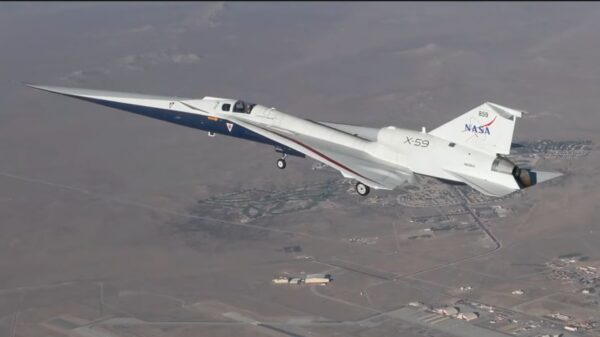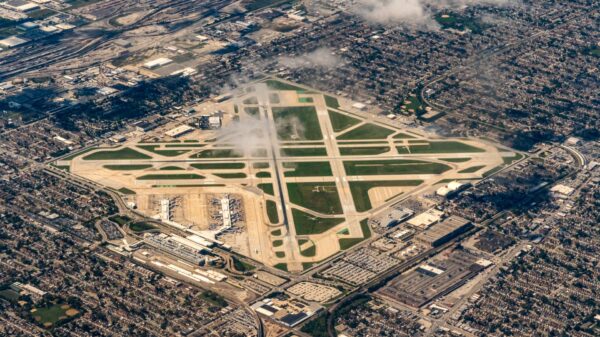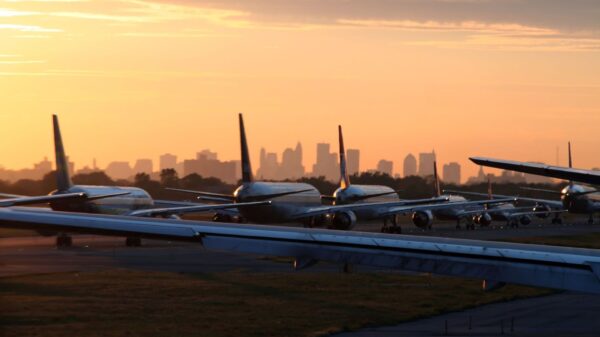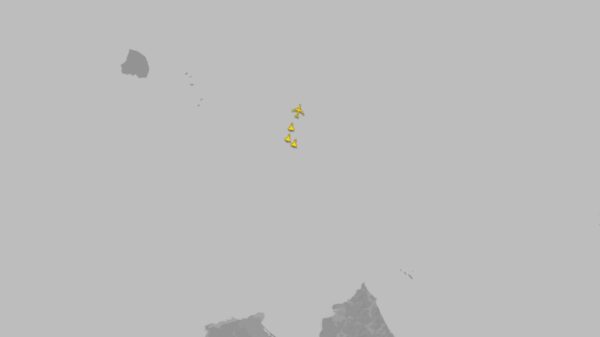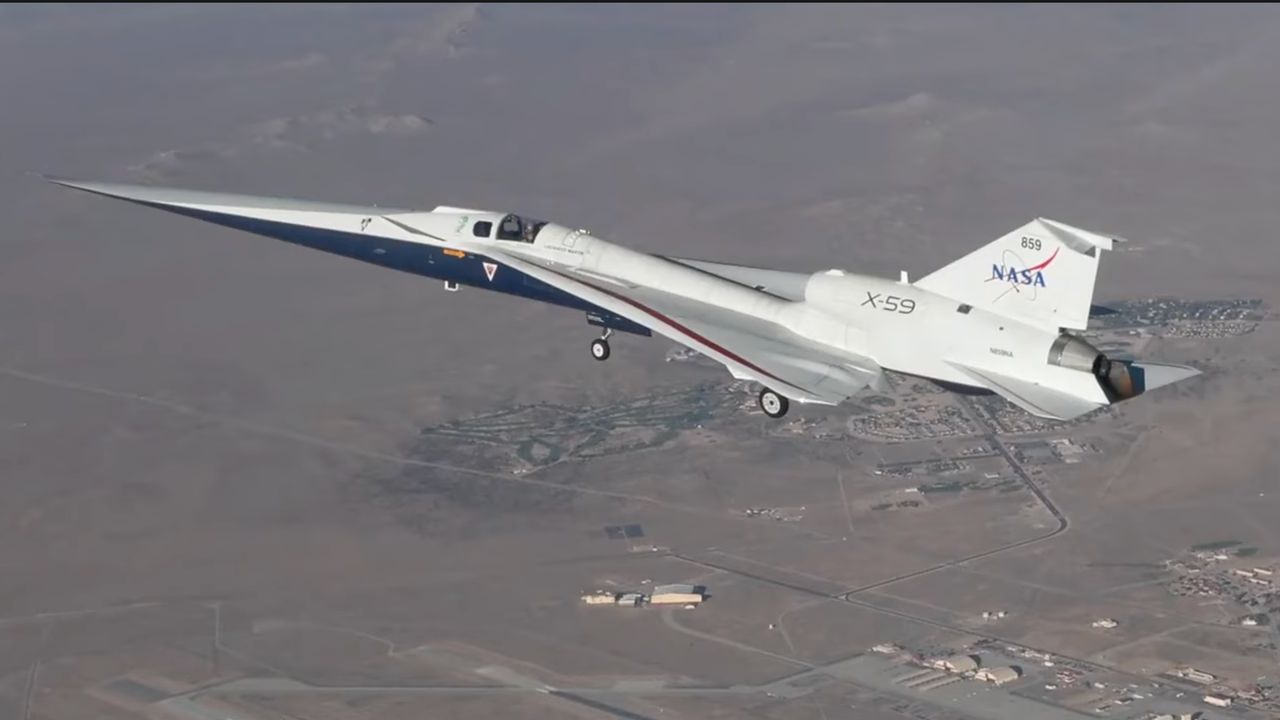URGENT UPDATE: NASA’s revolutionary X-59 supersonic jet has just completed its historic first flight on October 28, 2025. The flight took place at Palmdale Regional Airport in California, marking a significant step towards the future of fast, quiet air travel.
Newly released video footage captures the dramatic moments of the X-59’s inaugural flight, showcasing the jet’s unique design and technology that allows it to fly faster than the speed of sound without producing disruptive sonic booms. The video features stunning views from the cockpit, mission control, and chase planes, culminating in a heartwarming moment as lead pilot Nils Larson emerges to greet supporters.
The X-59 is a collaborative effort between NASA and Lockheed Martin, specifically their renowned Skunk Works facility in Palmdale. Representatives from Lockheed stated that the flight went “exactly as planned,” even amid the challenges posed by the recent government shutdown.
Sean Duffy, Acting NASA Administrator, highlighted the significance of the X-59 project, stating, “X-59 is a symbol of American ingenuity. The American spirit knows no bounds.” He emphasized that this innovation could transform public flight and reinstate America’s leadership in aviation.
Testing will continue at NASA’s Armstrong Flight Research Center, with the X-59 undergoing further assessments over various microphones placed around the Mojave Desert. These tests are crucial in measuring the vibrations and shockwaves produced during flights, which could pave the way for the future of commercial supersonic travel.
Historically, supersonic flights over land in the U.S. have been banned since 1973. However, the successful testing of the X-59 could challenge these restrictions, potentially revolutionizing air travel. The implications are vast, enabling faster transportation for commercial passengers and critical services like medical emergencies and military operations.
In a show of governmental support, President Trump issued an executive order earlier this year, directing the Federal Aviation Administration to investigate lifting the limitations on U.S. supersonic flight.
The X-59 isn’t the only player in the race for routine supersonic travel. Boom Supersonic made headlines earlier this year with its XB-1 jet, which also broke the sound barrier over Mojave. This flurry of activity signifies a renewed interest and competitive spirit in aerospace innovation.
As developments unfold, all eyes are on NASA and Lockheed Martin to see if the X-59 can fulfill its promise of quieter, faster air travel, potentially changing the way we think about flying forever. Stay tuned for updates on this groundbreaking journey in aviation.




